DARPA says its new drone technology can collaborate and adapt with minimal human commands, even when its communications are challenged.
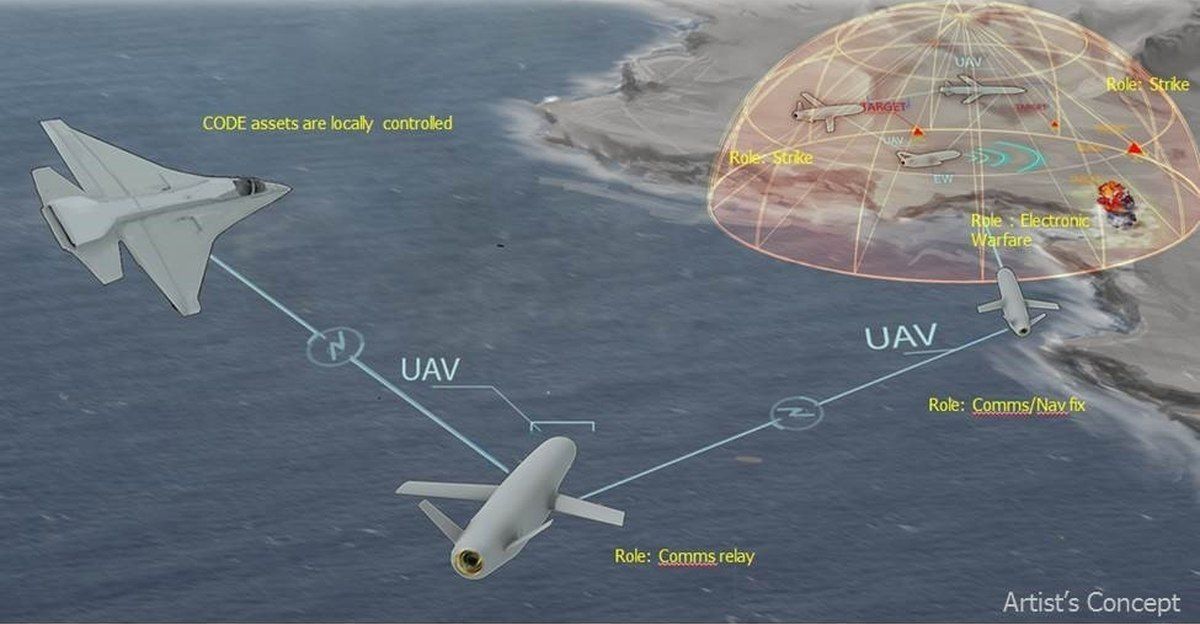

T/
Audi, Airbus and Italdesign are all working together on an electric “flying taxi” concept and they are now starting to test the vehicle.
The concept was first unveiled earlier this year at the Geneva Auto Show.
They now have a more refined working prototype, but it’s still a 1:4 scale model – though it is flying and driving at Amsterdam Drone Week.
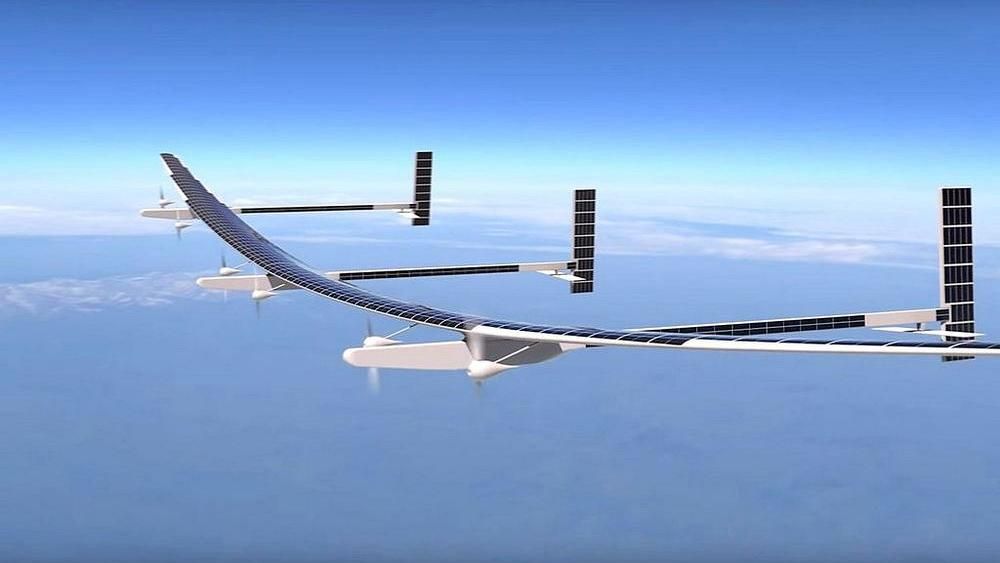
More than an ordinary aerial drone but not quite a satellite, a huge solar-powered airplane with three tails and wings wider than a jumbo jet’s will soon be taking to the skies.
Odysseus, developed by Boeing subsidiary Aurora Flight Sciences of Manassas, Virginia, is one of the largest unpiloted aircraft ever built — and one of the lightest. It has a 243-foot wingspan but weighs less than a small car, the company says. Its six electrically powered propellers will be driven by energy from hundreds of solar panels that cover the aircraft’s exterior or from banks of rechargeable batteries on board, depending on the available sunlight.
With a top speed of 100 miles an hour, Odysseus won’t be very fast. But it’s designed to soar to altitudes above 60,000 feet and stay aloft for months at a time.
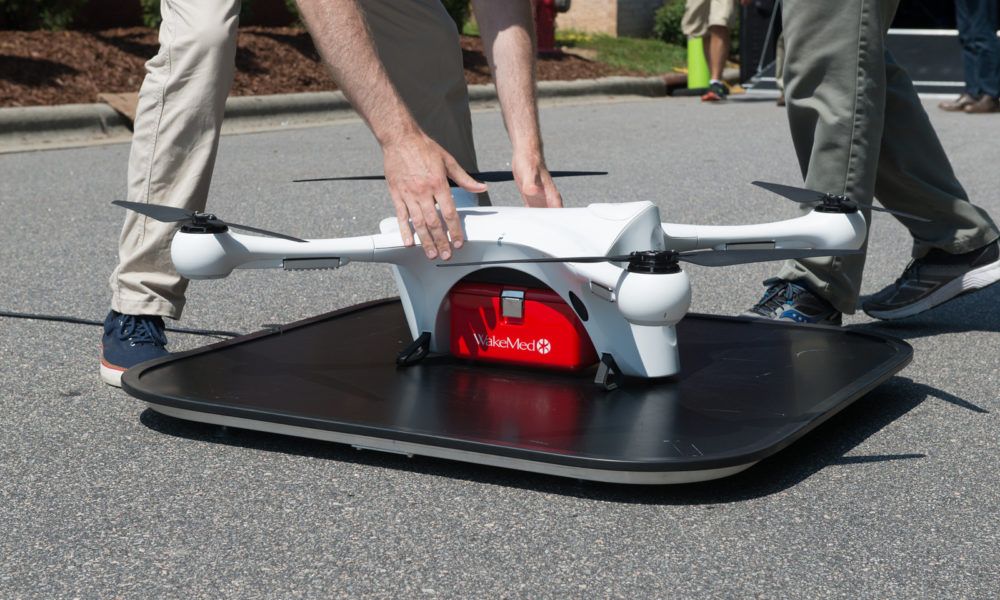
For the first time, a human organ has been successfully transported between medical facilities by a drone. A team of scientists from the University of Maryland Baltimore used a research-qualified donor kidney as a test subject to shuffle back and forth on a remotely piloted hexacopter, testing the organ for changes throughout 14 flights. Its longest journey was 3 miles at a maximum speed of 40 mph, the duration and distance of which were suitable for demonstrating transportation between inner city hospitals.
Currently, organs have few options for transportation, and the process for moving them involves a network of couriers and commercial aircraft that are dependent on schedules and traffic patterns. When normal commercial schedules aren’t available, the cost of private charter transportation can be prohibitive. Even when cost isn’t a factor, the time involved in the process altogether can prevent a transplant from being completed as organs are very sensitive cargo.
To best ensure a successful transplant procedure, organs must be moved quickly between the donor and the recipient. The amount of time an organ can spend chilled after removal and when it’s warmed up and the blood supply restored, called cold ischemia time (CIT), is very limited. Some organs, such as the heart, only have as few as 4 hours available to be transported before they are no longer eligible for transplant. Up against airplane flight availability and traffic patterns, an improvement like what drone transportation could provide might have life saving implications.

A few years ago I wrote about how YouTube opened up rallying to the world in a way that it never had before, taking the sport out of forests and onto screens everywhere. I didn’t expect the same of drones and drifting but here we are.

Nov. 12 (UPI) — A group of shocked cyclists captured video of the moment a drone operator nearly pulled off a high-tech bike theft.
The video, recorded in Hustopece, Moravia, Czech Republic, shows the cyclists climbing a local landmark known as Lookout Tower and taking video of a drone flying nearby.
The cyclists start scrambling down the tower when the drone lowers down to the ground and picks up one of the bicycles.
California firm’s long-anticipated flying motorcycle will set you back $150,000.
This drone-like flying motorcycle can be yours for $150,000. Hoversurf Official via YouTube.
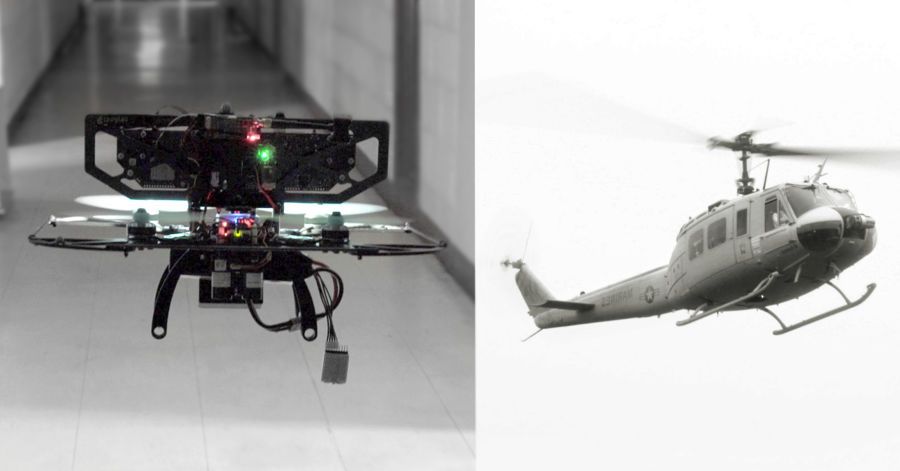
The U.S. military is investing billions of dollars each year in developing autonomous technologies that could enable planes, helicopters and drones to fly into some of the world’s most dangerous places, without a human pilot.
AI-empowered systems may soon allow autonomous flying machines to reduce the number of pilots and soldiers working in high-risk environments. Could these flying robots also be firing weapons? WSJ’s Jason Bellini reports, in the latest episode of Moving Upstream.
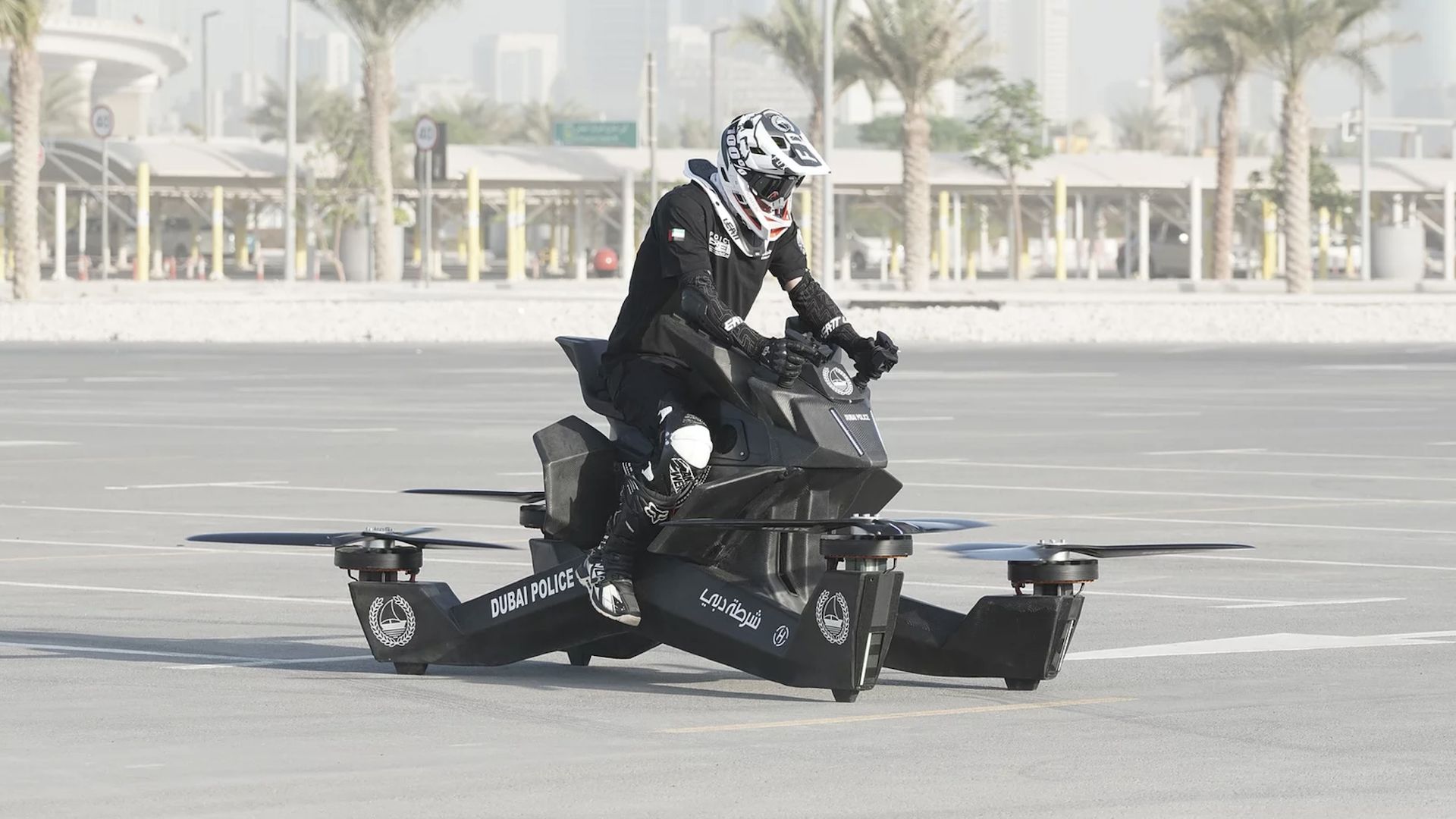
A team of scientists and engineers from the Universities of Birmingham and Bristol have returned from Guatemala where they have been teaching local scientists how to use drones to map the Fuego volcano which violently erupted earlier this year.